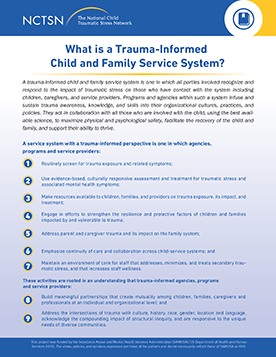
What is a Trauma-Informed Child and Family Service System?
Answers the question what is a trauma-informed child and family service system. This fact sheet details the components of a trauma-informed child and family service system.
The following resources on Justice were developed by the NCTSN.

Answers the question what is a trauma-informed child and family service system. This fact sheet details the components of a trauma-informed child and family service system.
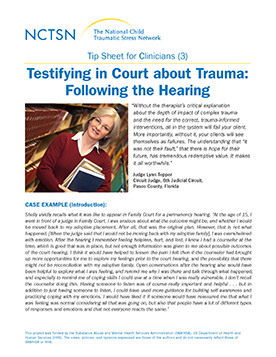
Provides information on the importance of follow-up after testifying. This fact sheet, a part of the Testifying in Court about Trauma series, focuses on follow-through for clinicians, clients, and their caregivers after the court process.
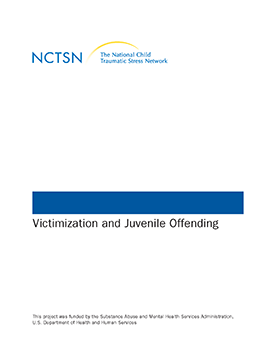
Discusses the correlation between victimization and juvenile offending.
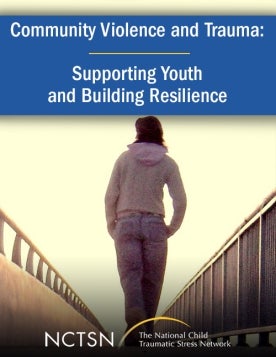
Explores both the historical and current causes for disproportionality.

Gives an overview of current issues and challenges for law enforcement and the juvenile justice system in assisting children and adolescents who face commercial sexual exploitation.
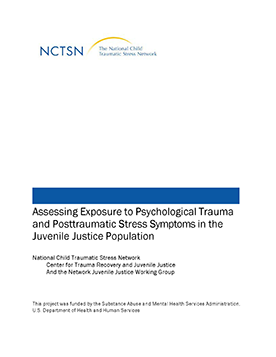
Explores the importance, clinical considerations, and approaches to assessing for psychological trauma and posttraumatic stress with youth in the juvenile justice population.
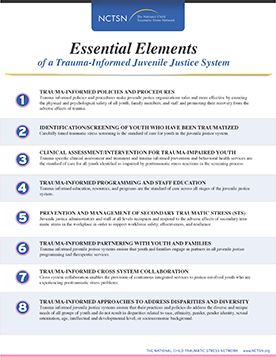
Helps programs who work with justice-involved youth better understand the steps to take to recognize and respond to the trauma-related needs of youth, family members, and staff working in the justice system.

Helps mental health professionals preparing for a court hearing.
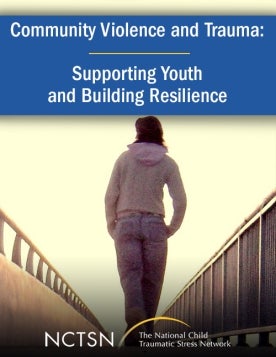
Discusses the processes leading maltreated youth to become involved in the juvenile justice system.

Gives details about the growing number of girls in the juvenile justice.
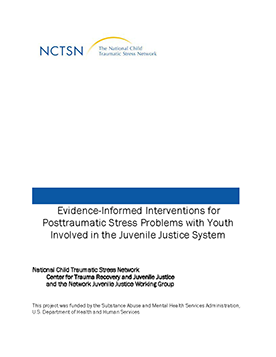
Describes evidence-informed interventions for youth involved in the juvenile justice system.

Outlines the historical context of racial disparities and highlights how systems can move forward to reduce these racial disparities, including by framing the issue so that practical and pro-active discussion can move beyond assigning blame.